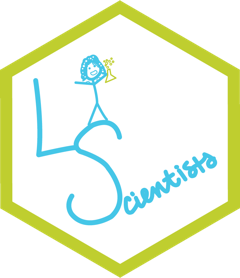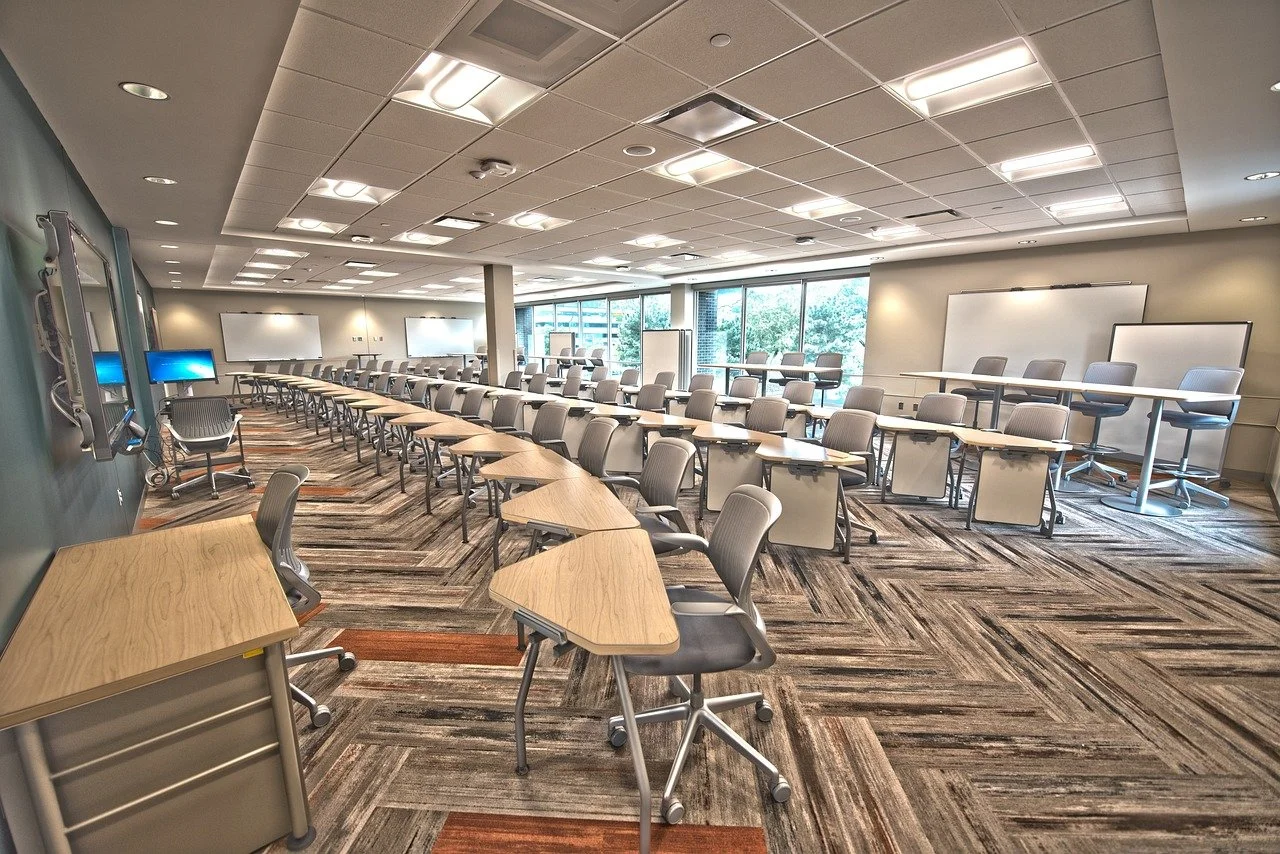Flipped Classrooms: Can We Skip the Lecture?
(cover image by ISDiva on Pixabay)
by Cindy Nebel
I am proud to work in a learning environment that follows the data and uses evidence-based practices in learning. Several years ago, and before my time, St. Louis University School of Medicine adopted a flipped classroom approach. Students rarely sit in live didactic lectures, but instead watch pre-recorded videos (sometimes created by faculty and often from third-party resources) and come to active learning sessions where they work together to answer questions about patients.
In my role, I spend most of my days talking to students about how to best prepare for these active learning sessions and for their exams. And a question that inevitably comes up is whether or not students should spend the considerable amount of time required to watch the videos. As much as faculty might roll their eyes at that, we actually have some internal (yet to be published) data showing that there is no correlation whatsoever between the hours students spend watching videos and how they perform in the class.
So when I saw the paper that this week’s blog is based on (1), it piqued my interest. While we have our own internal and correlational data that allows me to cautiously allow students to skip the lecture, here we have experimental data that actually says skipping the lecture might be better for my students. Spoiler alert: it’s not that simple. Let me review the study first and then provide the necessary caveats for why I think the jury is still out on this topic.
The Study
Here’s what they did: undergraduate participants came into the lab and watched one of two randomly assigned lectures. They treated it just as they would a lecture in one of their courses and were allowed to take notes (but, for control purposes, not keep them). After the lecture, they downloaded an app that sent them notifications to go take a quiz every 1 to 3 days. They saw 15 random questions during each session (out of 50 total) and were told the correct answer if they got a question wrong, continuing to answer all of the questions until they got them all right.
A month later they took a final test that included reworded questions from what they saw in the app as well as a couple of short essays.
Unsurprisingly, students performed higher at the beginning of the month on the lecture they watched, compared to the one they didn’t. Within a week or two, however, there was no difference between the conditions and this persisted on the final test, both multiple-choice and essay questions.
The authors rightly conclude that, in this study, watching the half-hour long lecture was a waste of time! Students learned just as much from answering questions and receiving feedback as they did when they watched the lecture beforehand.
These data are supported by other studies as well. In another study, participants who studied a passage and were quizzed performed no better than a group simply received delayed feedback after being quizzed (2). Reading was a waste of time.
Caveats
So, should we just trash the lectures and books? No. I don’t think it’s nearly as simple as that.
In many of these studies, there is a common thread that makes them easier to run and easier to find effects, but perhaps somewhat less applicable to every educational situation.
1) The materials are somewhat simplistic.
In the study reviewed here, the examples they give of quiz questions were definitions of terms, with the term and definition flipped on the final test. The short essay questions was an explanation of a term… not far from the definition itself. Now, importantly, this is what many educational situations do look like. Students do need to learn terms and definitions and when our learning objective is at this level, lectures and readings really might be wasted time.
But that’s not the world I operate in. My students are preparing for an active learning session in which they need to know the material but also have deep understanding of relationships between concepts so they can apply them to clinical scenarios. And they only have 2 days at most usually to do that. We don’t have two weeks for them to get up to the same level as someone who watched the lecture. The more efficient thing for my students is to acquire that knowledge through the lecture and then reinforce it with retrieval practice.
Image by fudowakiro0 on Pixabay
2) We also don’t know what students “in the wild” would do with this material in conjunction with quizzes. What if they got to keep those notes? What if they got instruction on high quality note-taking and therefore took better notes and learned more from the lecture? There are a lot of factors that are not taken into consideration in this study (which doesn’t make it a bad study by any means), which limit our ability to apply this work to our respective domains.
3) Some of this likely depends on the prior knowledge of the learner. In this study, students were complete novices when learning this material. My world is, again, different. Some students have a strong background in anatomy and physiology, allowing them to build on that foundation. Some do not, so they are trying to acquire new terms and definitions while also trying to understand relationships. This matters for the relative impact of direct instruction vs. retrieval practice vs. active learning sessions.
Bottom Line
As educators, we should never take a single study as proof that we should change our methods. But this is an interesting study and does lend support for, at least, incorporating more spaced retrieval into our educational environments. While I will not encourage you to stop assigning readings in your courses, for example, spaced retrieval practice may be one way to level the playing field for students who are more or less prepared for those readings.
I think the bottom line here is that the jury is still out on when and how lectures may be more efficient for learning, but at the very least we shouldn’t judge the students who skip them. They may very well be doing the most efficient thing for learning!
References:
(1) Gordon, L. T., Hughes, G. I., & Smith, A. M. (2025). Modernizing the flipped classroom: Replacing lecture time with asynchronous spaced retrieval. Teaching of Psychology, 0(0). https://doi.org/10.1177/00986283251325842
(2) Butler, A. C., & Roediger, H. L. (2008). Feedback enhances the positive effects and reduces the negative effects of multiple-choice testing. Memory & Cognition, 36(3), 604-616. https://doi.org/10.3758/mc.36.3.604




